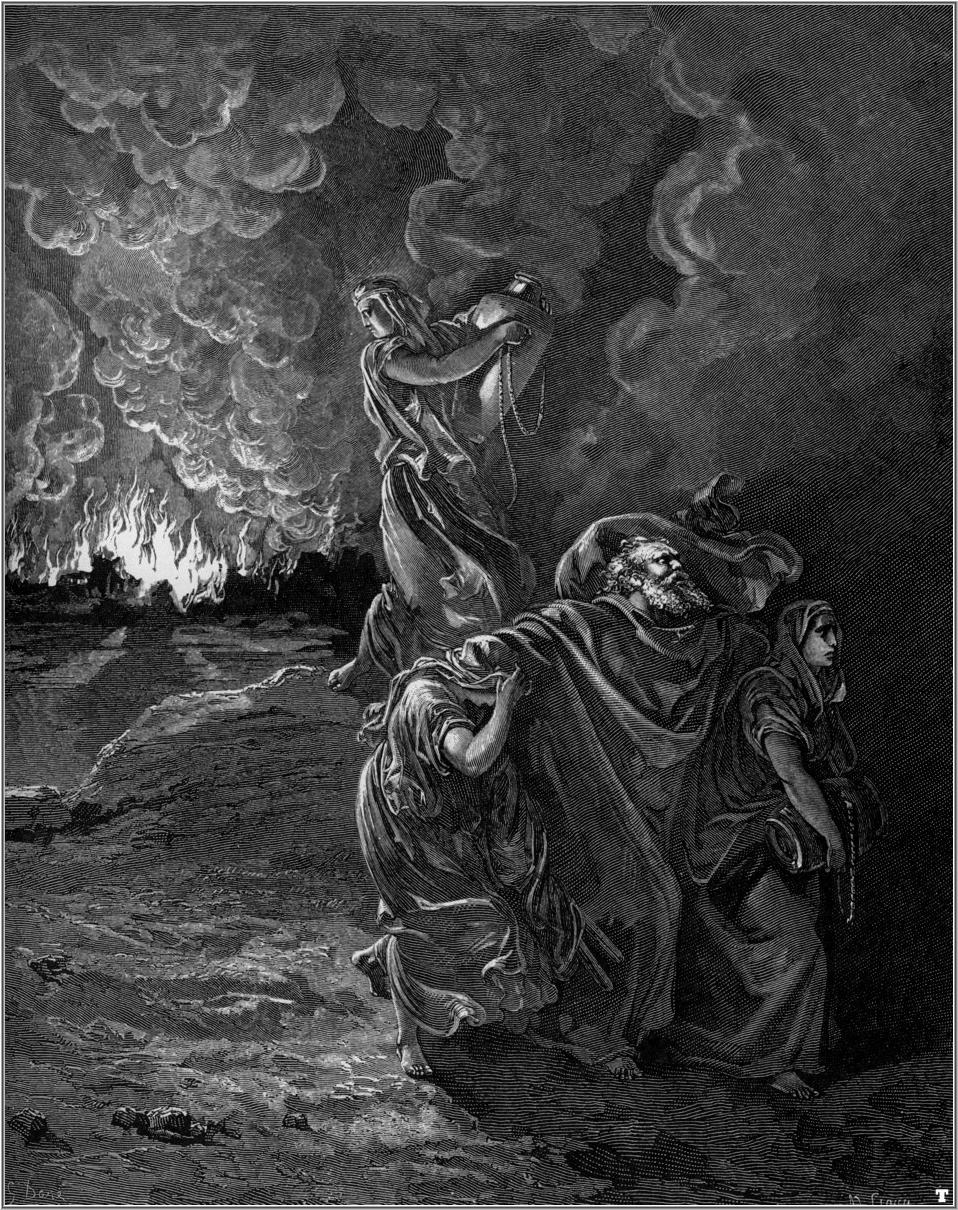Don’t look back!
 Written by Daniel Keren
Written by Daniel Keren
Take a good look at this sculpture set in Vancouver. Two runners are depicted here; their expressions reflect a great effort. The runner on the left looks ahead while the one on the right glances back over his shoulder. This sculpture commemorates one of the greatest moments in the history of sport, the decisive moment in the race that was titled “The Mile of the Century“, “Miracle Mile“, and a defining moment in running history.
A race that brought together two runners, Australian John Landy and England’s Roger Bannister, who had achieved what was considered until that year humanly impossible, completing the one mile run in less than four minutes.
It was especially challenging for Landy. He had excellent speed but his strong competitor, Bannister, had a crazy kick, that is, the ability to gain speed rapidly towards the finish line and catch his rivals off-guard. Landy in a tactical decision started at a strong pace keeping his speed up all the way to exhaust Bannister to a point that he would not be able to carry out his famous sprint. Landy led the pack of runners firmly at a dizzying pace speeding towards a new world record.
At the halfway mark, Bannister was still trailing behind in fifth place unsure if he could keep up the mad pace all the way.
With one lap to go, Bannister worked his way up from the back positioning himself just behind Landy where he waited for the right moment. With approximately 90 yards to go, Landy who was concerned about Bannister’s position behind him glanced back to his left. At that very moment, Bannister passed him on the right with his famous sprint, heading to the finish line. They both crossed the finish line in less than four minutes.
 Since then, much has been written about that look behind the shoulder, what it conveys as well as its consequences. However, the look behind the shoulder was already discussed thousands of years earlier as depicted through the story of Lot’s wife, which became a canonical historic narrative.
Since then, much has been written about that look behind the shoulder, what it conveys as well as its consequences. However, the look behind the shoulder was already discussed thousands of years earlier as depicted through the story of Lot’s wife, which became a canonical historic narrative.
As is known, the evil deeds of the people of Sodom brought God to the decision to kill all the people of the city, except Lot and his family. The Angel of God, who spent the eve of the destruction of Sodom with Lot’s family, instructed them to flee: “…he said, Escape for thy life; look not behind thee, neither stay thou in all the plain; escape to the mountain, lest thou be consumed.” (Genesis 19:17). Lot’s married daughters, on the advice of their husbands, dismissed the imminent threat disregarding all his pleas and Lot fled from the city with his wife and two virgin daughters. In their flight, while God poured fire and brimstone on Sodom and Gomorrah, Lot’s wife looked back, against the expressed command, and turned into a pillar of salt.
The gaze of Lot’s wife was given many interpretations: a fearful look that their flight was not fast enough and death would catch up, a curious look at the miraculous spectacle of fire and brimstone falling from the sky, or perhaps a look that expresses sorrow for her daughters who had been left behind.
Looking back may refer to the physical action but at the same time it suggests contemplating what has happened in the past. From looking back we learn where we came from and how we got where we are. It shapes our identity and can help us learn lessons from our experience and, no less importantly, from the experience of others.
In professional competition, looking back is considered taboo. It negatively affects running style, it causes the runner to take his eyes off the destination he is aiming for, and above all, it conveys fatigue and motivates those who identify the weakness to compete stronger than before. Looking back is the shift from running to win to running not to lose.
At the Dead Sea Marathon, as the gaze of Lot’s wife watches us running along the blue water, look ahead, look to the sides, don’t look back.




















